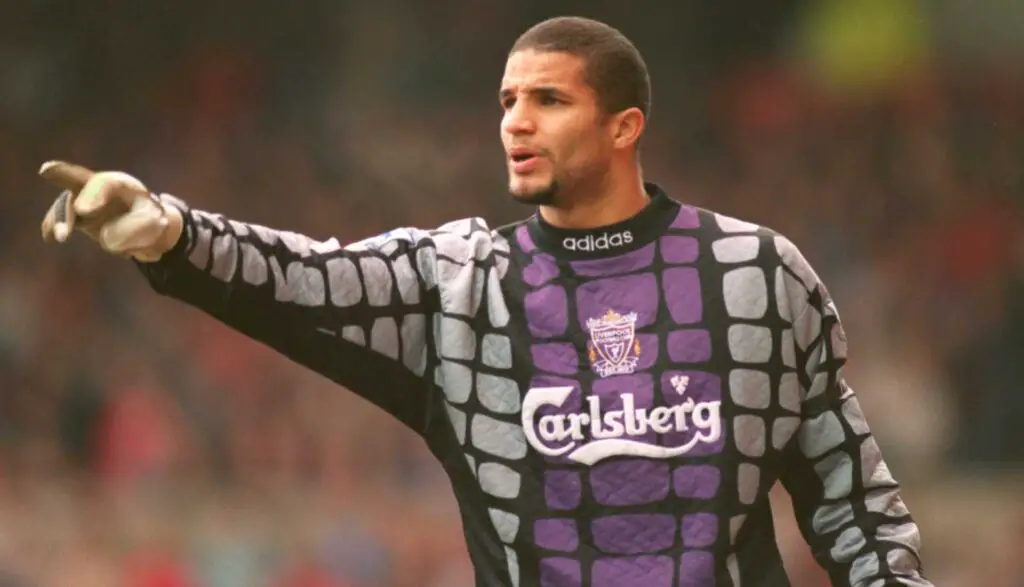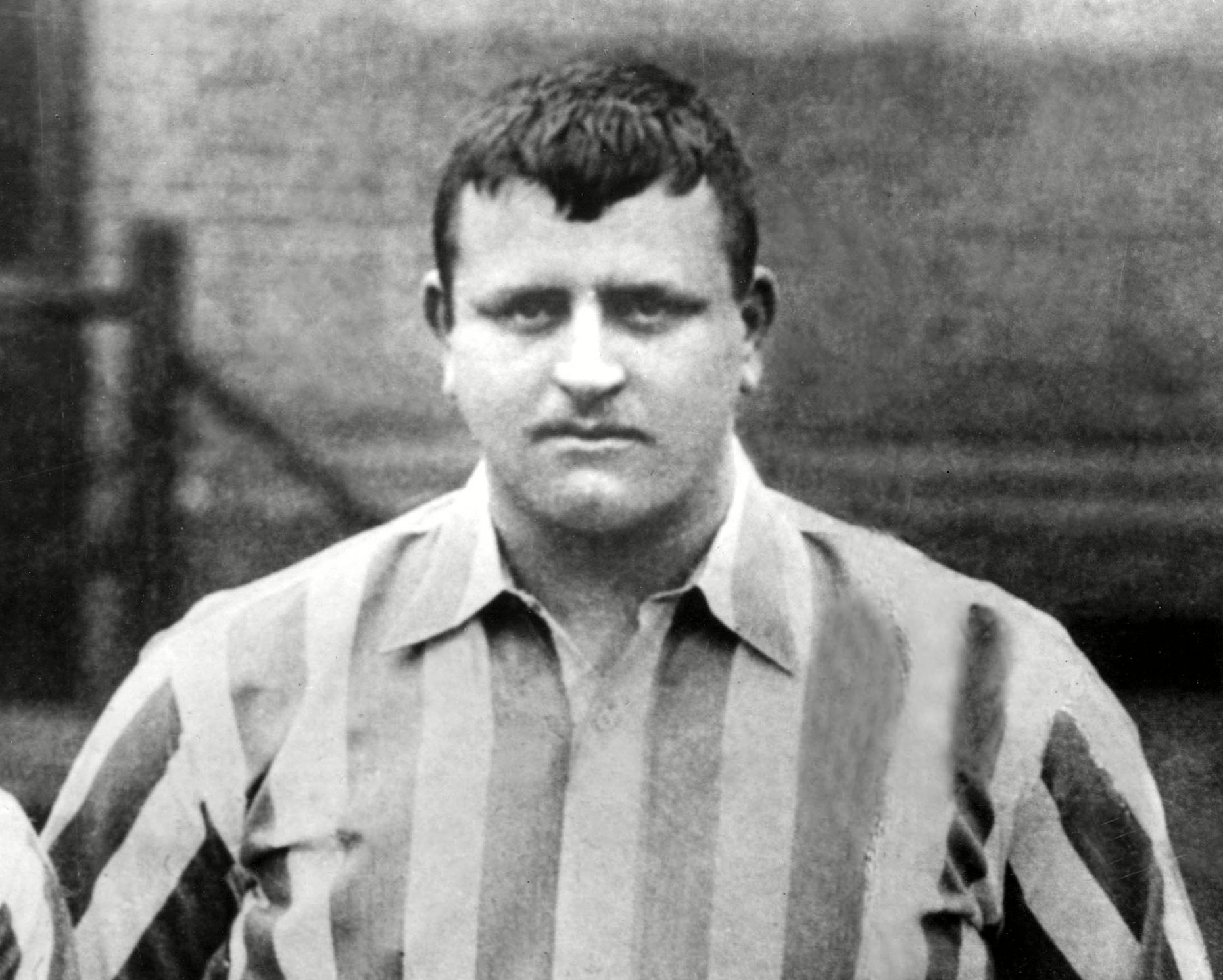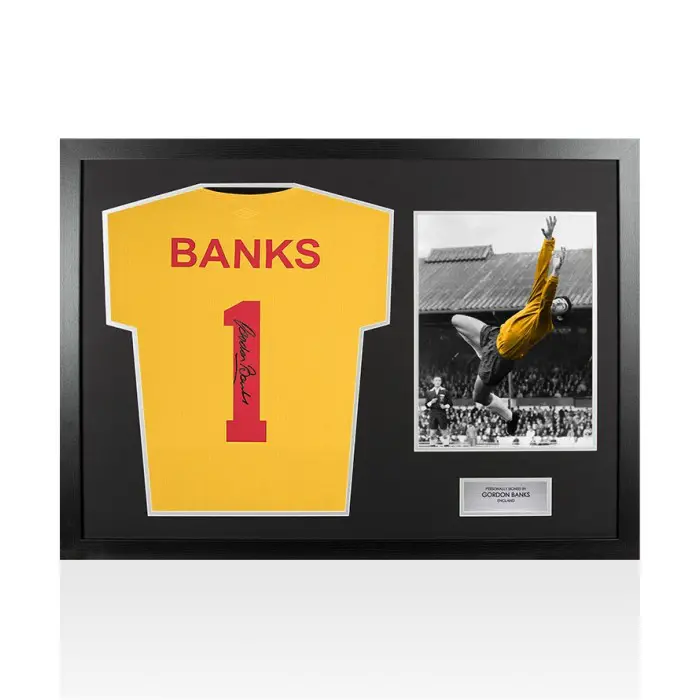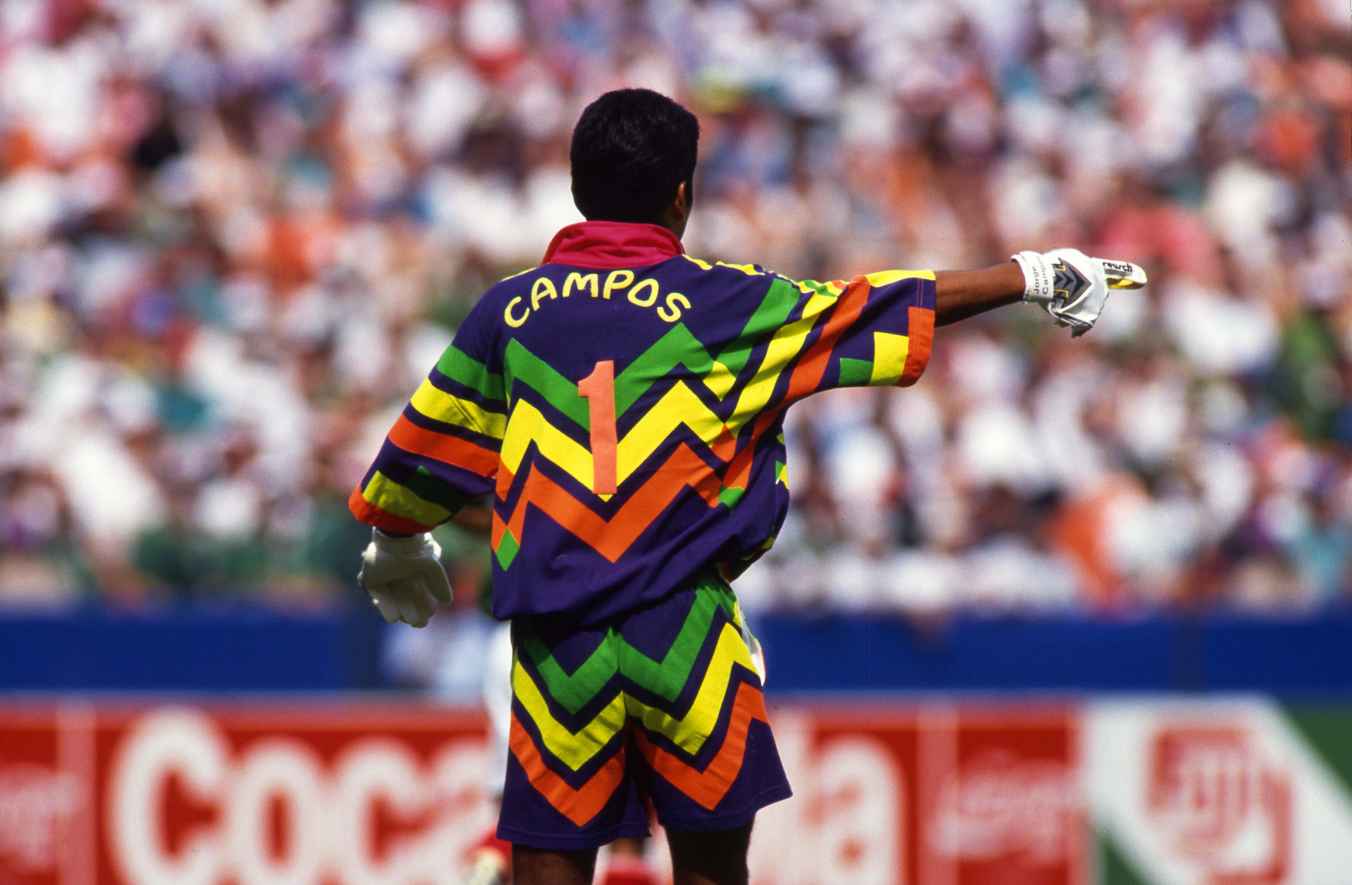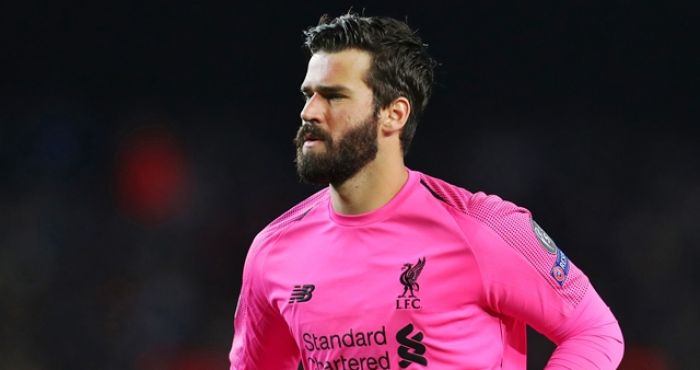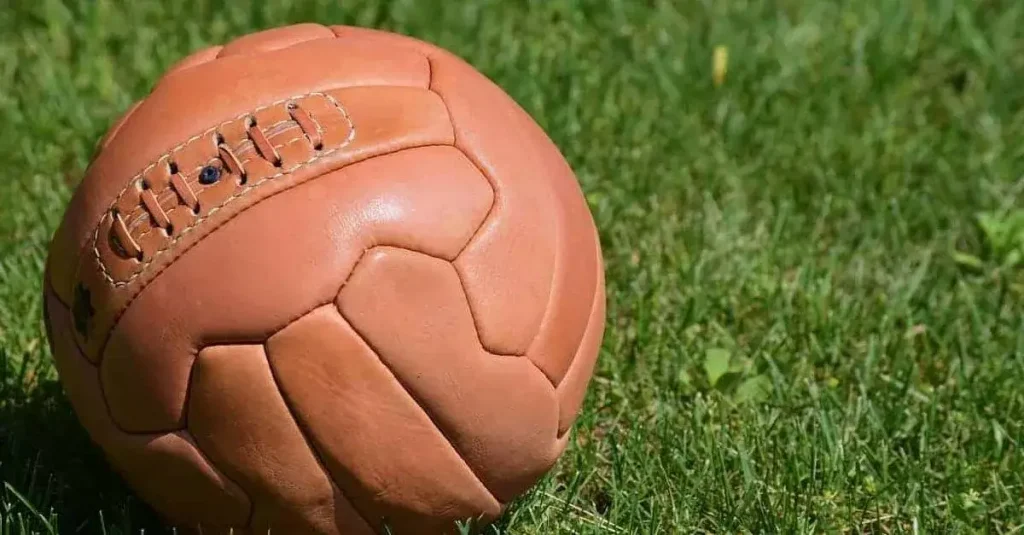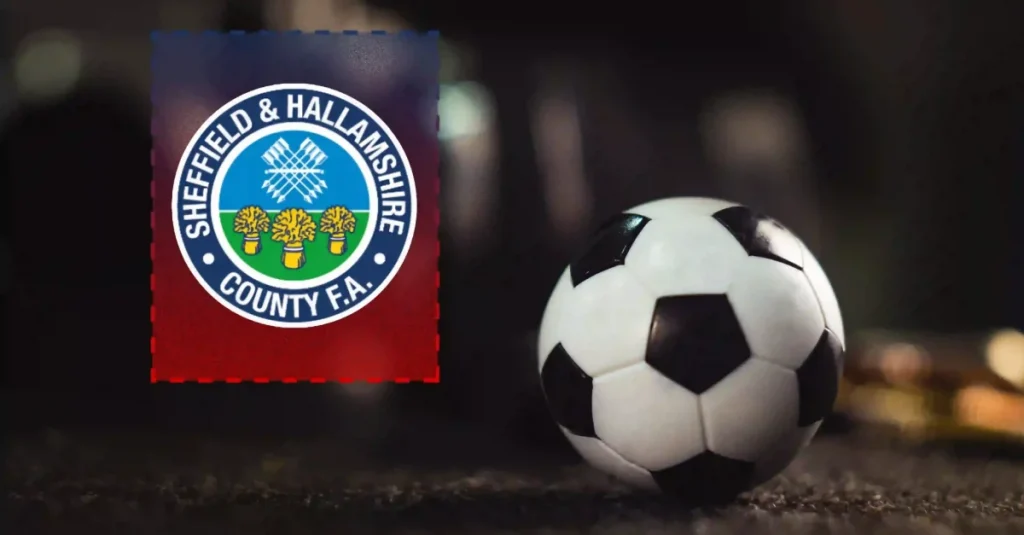Whenever you watch a football match, there is always one standout player. Shiny, fluorescent, and usually above 6 feet tall, this player is impossible to miss, yet hard for attackers beat. No, I’m not talking about Peter Crouch in a nightclub, I’m talking about every striker’s common enemy. The Goalkeeper.
Often dressed in a vibrant jersey that stands out from the rest of the team, goalkeepers wear jerseys of various colours, ranging from bright yellows and greens to striking oranges and pinks. But aside from a unique sense of style, many fans may not know the reason for these towering eyesores that seem to attract the gaze of fans even when the action is at the other end of the pitch.
If you have ever wondered why goalkeepers wear different coloured jerseys, the short answer is to distinguish them from their outfield team mates. But there’s more; I have taken it upon myself to reveal the mysteries of goalkeepers’ garish fashion sense, with this article aiming to explore the reasons behind this unique practice and shed light on the history, practicality, psychological aspects, and competitive advantage associated with the use of distinct goalkeeper jerseys.
Historical Background
The tradition of goalkeepers wearing different coloured jerseys dates back to the early days of soccer. But it may surprise you to know that whilst a tradition that spans over 100 years, there were a good 50 or so years in which the only way to distinguish a goalkeeper from an outfielder was through the cap he wore on his head.
In English football, Goalkeepers wouldn’t don different coloured jerseys until after the First World War, though Scottish goalkeepers had been doing this since 1909 to much success. It may have made it easier to tell who was in goal for the opposition strikers. Still, immediate clarification of who was the goalkeeper helped the team’s defensive strategy to no end, and aided communication both to and from the goalkeeper.
The early Keeping Jerseys were thick woolly polo shirts, usually used in the Winter months, or tight-fitting vest-like undershirts that were notably worn by one of the first legendary keepers, Billy “Fatty” Foulkes.
The undershirt’s usage was short-lived, but in British football, the thick-woollen Polo would go on to be worn into the ’60s, until shirts beginning to resemble the Keeper jerseys of today were favoured for their more aerodynamic design. In Europe, goalkeepers were further ahead, with lighter more athletic garments being worn years before British football caught up.
Usually, keepers wore green, though this was simply down to the fact green was the rarest colour for a team’s strip to be. Other colours were permitted, but the rules were very strict. Keepers couldn’t wear distracting or off putting shirts, and their only choices were limited to Green, Blue, Scarlet, and White tops. For international games, Keepers would have only Black or Yellow to pick from.
Introduction of Numbers
Interestingly, it would be some time until goalkeepers started to wear a number one on the back of their shirts. Despite being well established that outfield players have their squad number on their backs, goalkeepers’ backs were blank. It never caused any issues. The colour of the shirt was enough to tell you where the oddball was going to be playing that day.
Numbers were introduced to help identify players on the pitch. It made instructing defenders to mark certain players or to play in a certain way against x player far easier, further making communication vital to success. There was no law that an outfielder couldn’t wear the number 1, in fact, the goalkeeper was considered almost too unique for a number, with shirt colour making it obvious.
This would begin to change in the ’70s with players like Ozzy Ardilles wearing a 1 on the back of his jersey in the 1982 World Cup. There was also no law a keeper couldn’t do this, teams and keepers simply hadn’t bothered to till now. There was little advantage, aside from perhaps a small psychological boost with the keeper feeling more part of the team, and less of a black sheep.
The previous World Cup, the number 1 for Argentina had been worn by another midfielder, Noberto Alonso. Numbered keeper shirts had been worn before the ’70s, but for some reason it never really stuck. The first English keeper to wear one in an international match was Gil Merrick, in 1954.
Striking Visuals
As a world of colour Television was unleashed, Goalkeeper Jersey rules simultaneously were relaxed, though whether there’s and link to the two events is unclear. Keepers began wearing shirts that made them stand out even more, with some donning red strips, and others famously offering a glimpse of what was to come.
Peter Shilton famously wore an all-white goalkeeper kit in the early 70s, with the shirt proving to be reflective under the floodlights. Whilst this may sound like a precursor to the modern innovation of reflective, fluorescent jerseys that serve to put strikers off, the reflectiveness actually hindered Shilton.
His jersey made it far easier for the opposition to pick their spot when striking from range, an oversight that culminated in the shirt being retired after Kevin Keegan beat the England number one from range in an evening cup tie.
By the 90s rules had been hugely relaxed, with now infamous kits popping up left and right. Jorge Campos had a habit of wearing vibrant, multicoloured shirts that drew criticism from many of the old guards at the time. Even currently playing keepers, younger than Campos criticised his, fashion sense. David Seaman would exclaim that he looked like a packet of sweets. I suppose when you’re a 5ft 6 goalkeeper you have to find a way to look bigger than you are…
Practical Reasons
Distinctive coloured jerseys for goalkeepers serve several practical purposes. Firstly, the contrasting colour helps teammates quickly spot their goalkeeper, facilitating communication and coordination during a fast-paced game. Additionally, it aids referees in making critical decisions, such as differentiating between accidental contact with the goalkeeper and a deliberate foul.
Beyond pure practicality, the choice of goalkeeper jersey colour can have a psychological impact on both the goalkeeper and their opponents. Bright and bold colours worn by goalkeepers can create a sense of intimidation.
In the modern game, fluorescent colours are almost always favoured, with bright Orange, Green, Purple, and Yellow all commonplace. The reason behind this is the psychological advantage this gives goalkeepers in 1-on-1 situations, with the bright kit making keepers look bigger, and goals look smaller.
Furthermore, the off-putting nature of a fluorescent, lumbering, 6-foot-plus goalkeeper charging toward you would be enough to get in the heads of even the most talented and composed of finishers, which is why it’s never certain that a striker will beat a goalkeeper.
Some even argue that the psychological concept of “Colour Theory” comes into play, with colours proven to evoke certain emotions, and even trick the brain into thinking they have more time than they actually do. Humans have proven to find certain colours more panic-inducing than others, though even if colour theory does factor into the decision behind goalkeeping kits, the biggest factor is the intimidation and distraction of the vivid jersey.
